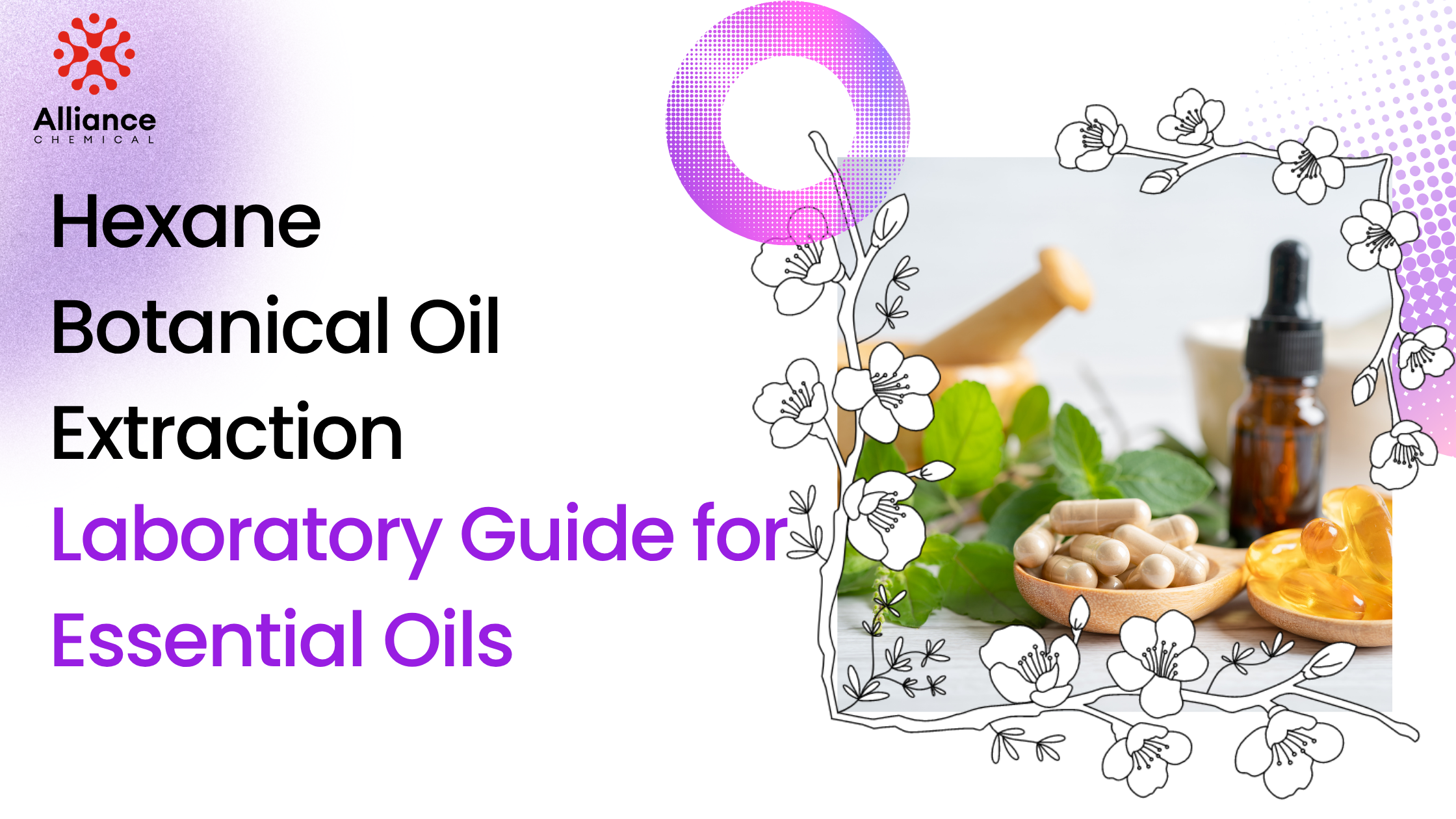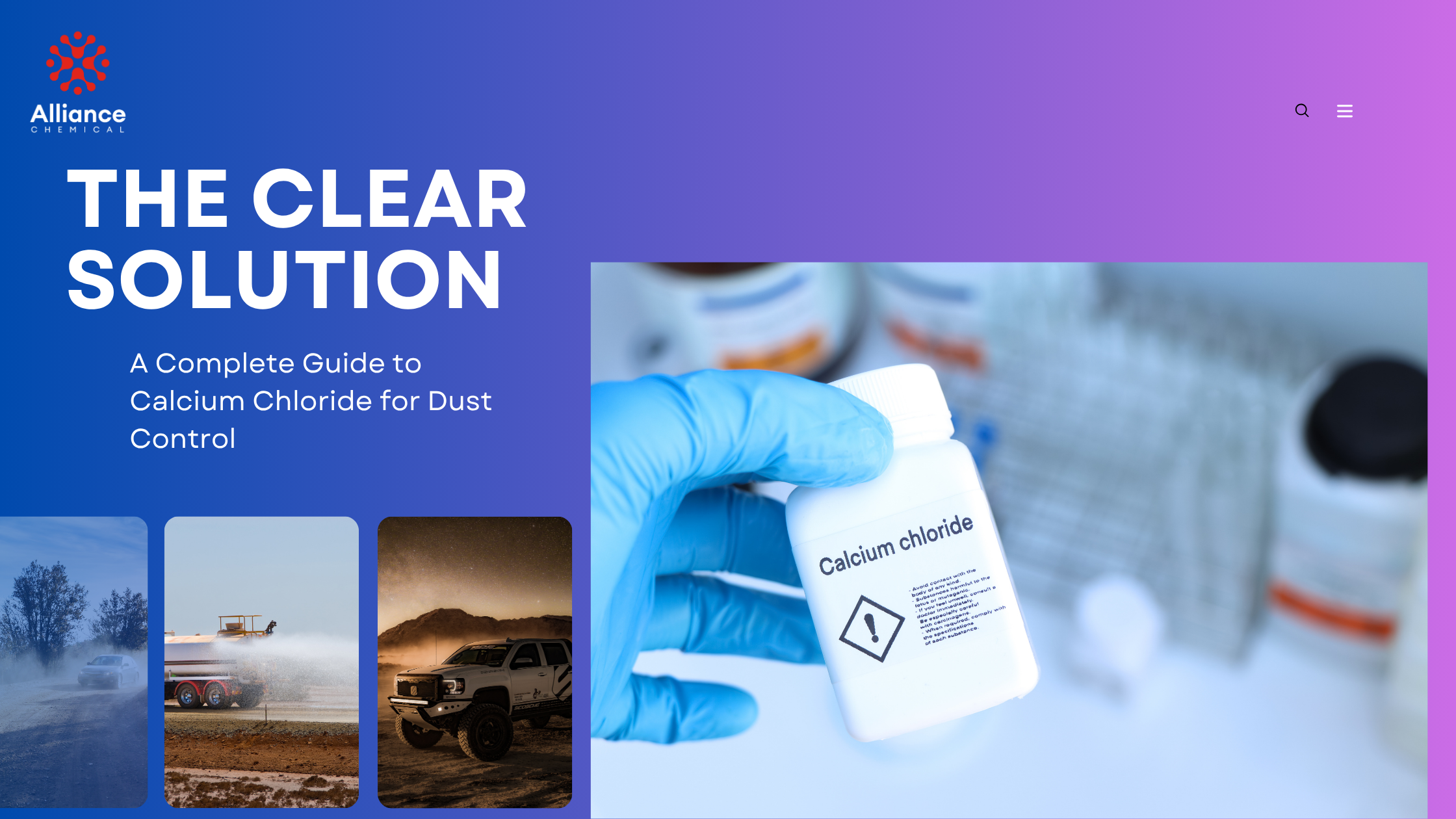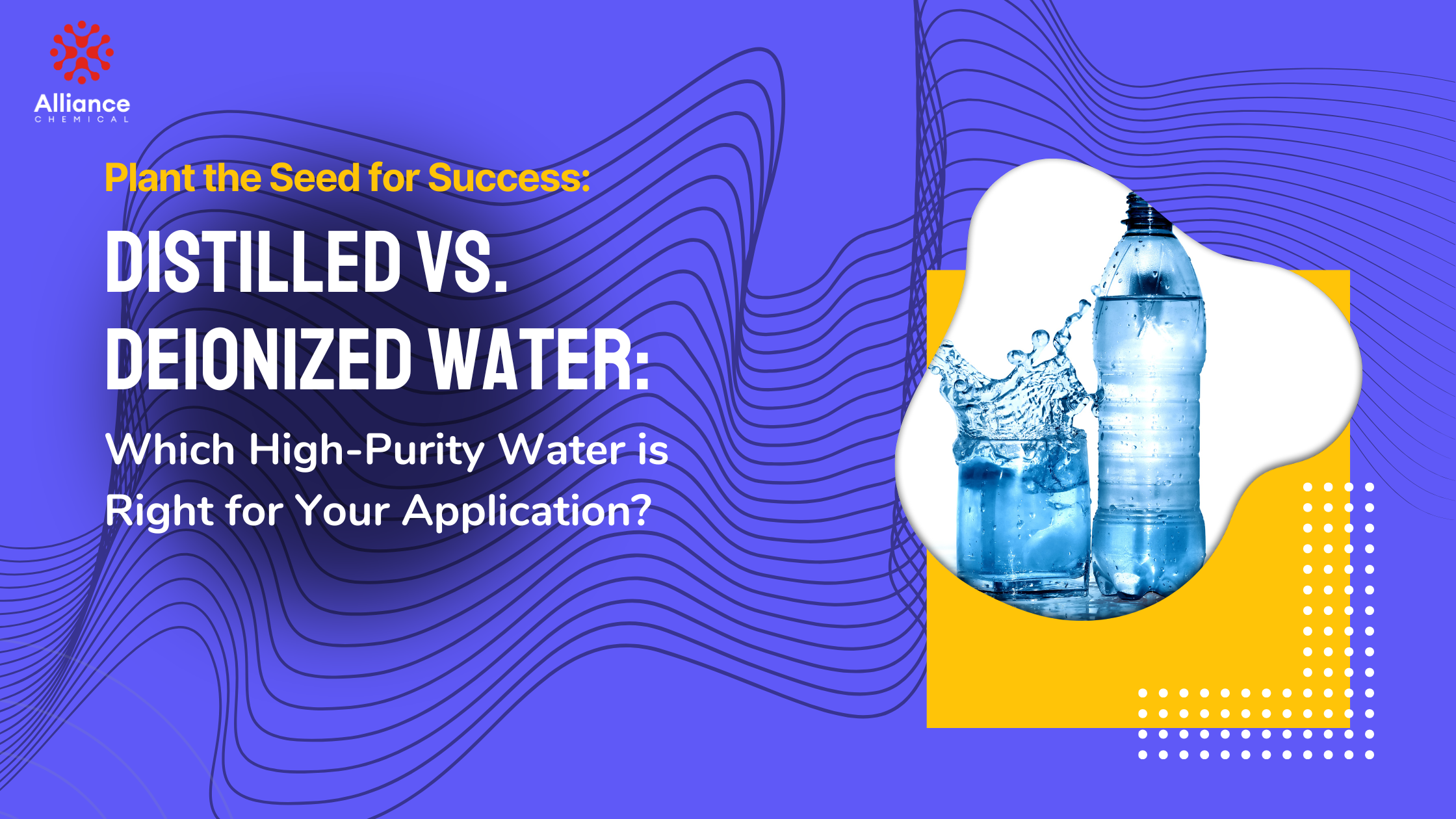
A Guide to Vermiculite: Benefits, Applications, and Safety Tips
Table of Contents
Summary
From nurturing the first roots of a seedling to protecting steel beams from the ravages of fire, Vermiculite is one of nature's most uniquely versatile minerals. This lightweight, sterile, and highly absorbent material is a cornerstone of modern horticulture, hydroponics, construction, and industry. This definitive guide explores the science behind vermiculite's remarkable properties, details its critical applications with practical how-to advice, and provides the expert knowledge you need to select and use it effectively and safely.
The Science of a Unique Mineral: What is Vermiculite?
Vermiculite is a hydrous phyllosilicate mineral, a member of the mica family. In its raw, unprocessed form, it resembles flakes of mica. However, its defining characteristic is what happens when it's rapidly heated to temperatures around 900°C (1650°F)—a process called exfoliation.
The water molecules trapped within the mineral's fine layers flash into steam, forcing the layers apart. This causes the mineral to expand dramatically, up to 30 times its original volume, into the lightweight, accordion-like granules we recognize. This exfoliated form is sterile, inert, and filled with millions of tiny air pockets, which are the source of its incredible properties.
Key Technical Properties:
- High Water Holding Capacity (WHC): Exfoliated vermiculite acts like a sponge, capable of holding 3 to 4 times its own weight in water, which it releases slowly as the surrounding medium dries.
- Excellent Cation Exchange Capacity (CEC): This is a measure of the soil's ability to hold onto essential, positively charged nutrients (cations) like ammonium, potassium, magnesium, and calcium. Vermiculite's high CEC allows it to act like a nutrient battery, preventing these vital elements from being leached away by watering and making them available to plant roots on demand.
- Superb Aeration & Low Density: The porous structure prevents soil compaction, allowing crucial oxygen to reach the roots, and makes it an extremely lightweight additive.
- Thermal and Acoustic Insulation: The trapped air pockets make it a highly effective insulator against heat and sound.
- Inert and pH Neutral: It is chemically unreactive and has a neutral pH (around 7.0), so it will not alter the chemistry of your soil mix.
The Heart of Horticulture: Vermiculite in Growing
In gardening, hydroponics, and professional horticulture, vermiculite is prized for its ability to create the perfect environment for root development.
Seed Starting and Germination
The sterile, moist environment provided by Fine Grade Vermiculite is ideal for germinating seeds. It can be used as a sole medium or mixed with peat or coir. A thin layer sprinkled over sown seeds helps maintain consistent moisture, preventing damping-off disease and encouraging high germination rates.
Pro Recipe: Professional Seed Starting Mix
For a high-performance, soil-free seed starting mix, combine the following by volume:
- 4 parts Sphagnum Peat Moss or Coconut Coir (for organic matter and structure)
- 2 parts Fine Grade Vermiculite (for water and nutrient retention)
- 1 part Perlite (for drainage and aeration)
Lightly moisten the mix before filling your seed trays. This blend provides the perfect balance of moisture, air, and texture for strong seedling development.
Advanced Horticultural Techniques
Beyond basic soil amending, vermiculite excels in more advanced applications:
How-To: Propagating Cuttings
Vermiculite is the ideal medium for rooting plant cuttings. Its sterile nature prevents rot, while its structure holds moisture without becoming waterlogged.
- Fill a small pot or tray with 100% medium-grade vermiculite.
- Thoroughly moisten the vermiculite with water and allow it to drain.
- Take your plant cuttings, dip the ends in rooting hormone if desired, and insert them into the vermiculite.
- Cover the container with a plastic bag or dome to maintain high humidity. Place in indirect light. The vermiculite will provide a stable, moist, and aerated environment for new roots to form.
How-To: Conditioning Heavy Clay Soil
Heavy clay soil suffers from compaction and poor drainage. Vermiculite can permanently improve its structure.
- Spread a 2-3 inch layer of coarse or medium-grade vermiculite over the garden bed.
- Add a similar layer of compost or other organic matter.
- Thoroughly till or dig this mixture into the top 6-8 inches of the native clay soil. The vermiculite particles will create air channels and water reservoirs, breaking up the dense clay and dramatically improving its friability and drainage.
Buyer's Guide: Selecting the Correct Vermiculite Grade
The particle size, or grade, of vermiculite dictates its suitability for a specific application. Choosing the right grade is essential for optimal performance.
| Grade | Typical Particle Size | Key Characteristics | Primary Applications |
|---|---|---|---|
| Fine Grade | 0.5mm - 2mm | Highest water retention, creates a fine, consistent medium. | Seed germination, potting mixes for small containers, plug production. |
| Medium Grade | 2mm - 5mm | Balanced water retention and aeration. Most versatile grade. | General soil amendment, hydroponics, potting soil for larger plants, propagating cuttings. |
| Coarse Grade | 5mm - 10mm | Maximum aeration and drainage, lower water retention. | Loose-fill insulation, lightweight concrete, conditioning for heavy clay soils. |
Vermiculite vs. Perlite: The Great Growing Media Debate
Gardeners and growers often ask which is better. The answer is: they are different tools for different jobs. Understanding their key differences is crucial for creating the perfect growing mix.
| Attribute | Vermiculite | Perlite |
|---|---|---|
| Primary Function | Water & Nutrient Retention | Aeration & Drainage |
| Structure | Spongy, accordion-like | Hard, porous glass |
| Water Holding | Very High | Low |
| Cation Exchange (CEC) | High | Very Low (Negligible) |
| Best For | Moisture-loving plants, seed starting, preventing soil from drying out. | Plants that need sharp drainage (cacti, succulents), preventing waterlogging. |
Specialized Industrial & Commercial Applications
Passive Fire Protection
When used in plasters, boards, and spray-on coatings, vermiculite provides excellent passive fire protection for structural steel. In a fire, it acts as a heat sink, and its low thermal conductivity dramatically slows the rate at which heat reaches the steel, extending its structural integrity and providing critical time for evacuation.
Hazardous Material Packaging & Spill Absorbent
Vermiculite is an approved cushioning and absorbent material for shipping hazardous liquids. Its dual function is key: it cushions the container against impact, and in the event of a leak, it can absorb a large volume of the chemical. Its inertness means it won't react with aggressive chemicals like Sulfuric Acid or Nitric Acid.
Animal Feed Additive
In animal feed production, fine grade vermiculite is used as an anti-caking agent, preventing feed from clumping. It also serves as a carrier for liquid additives like vitamins and molasses, ensuring they are evenly distributed throughout the feed mixture.
A Critical Note on Safety and Sourcing
The historical association between some sources of vermiculite and asbestos is an important topic that must be addressed with clarity.
A single mine in Libby, Montana, which operated for much of the 20th century, produced vermiculite that was naturally contaminated with asbestos. This mine has been closed for over 30 years. Today, all commercially available vermiculite is sourced from mines that have been certified to be asbestos-free.
- Modern Sourcing is Safe: When you purchase vermiculite from a reputable supplier like Alliance Chemical, you are receiving a product that is safe and free from asbestos.
- Handling Dust: Like any fine mineral or soil product, it is always best practice to wear a dust mask when handling large, dry quantities to prevent inhalation of nuisance dust. Lightly moistening the product can also help control dust.
The Future of Vermiculite: Sustainability & Innovation
As industries seek more sustainable materials, vermiculite's natural and versatile properties position it for exciting future applications:
- Green Roofs: Its lightweight nature makes it an ideal component for rooftop soil media, reducing the structural load on buildings.
- Advanced Filtration: Research is exploring its use as a medium for filtering contaminants from water due to its high surface area and ion exchange capacity.
- Carrier for Bio-inoculants: Its porous structure makes it an excellent carrier for delivering beneficial microbes and fungi to agricultural soils.









